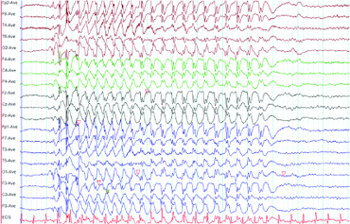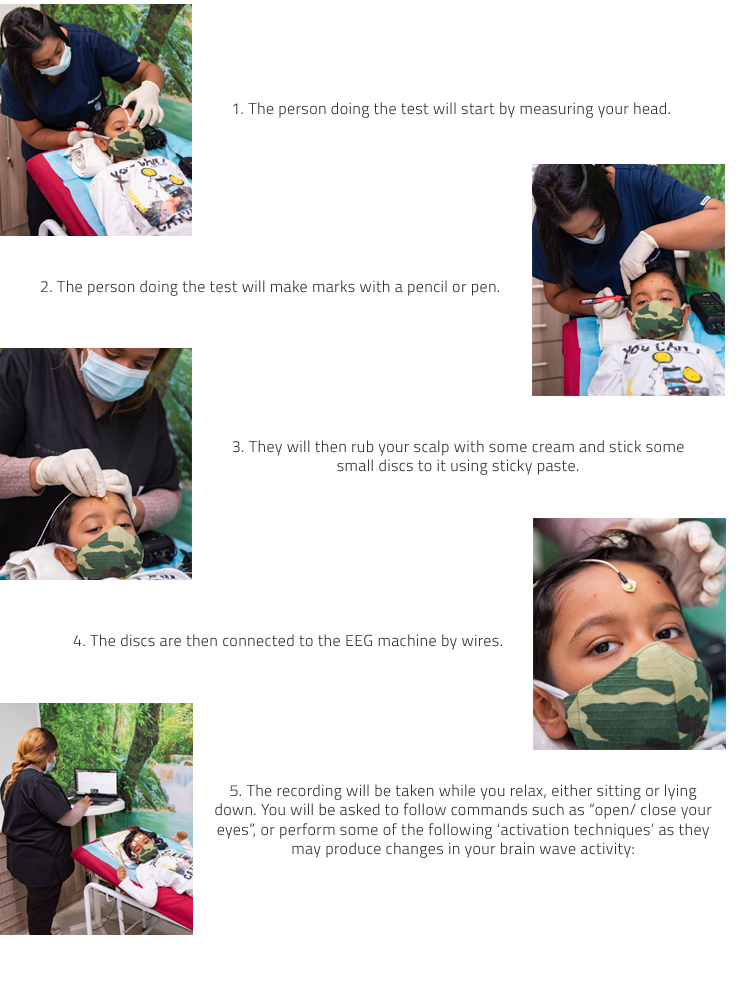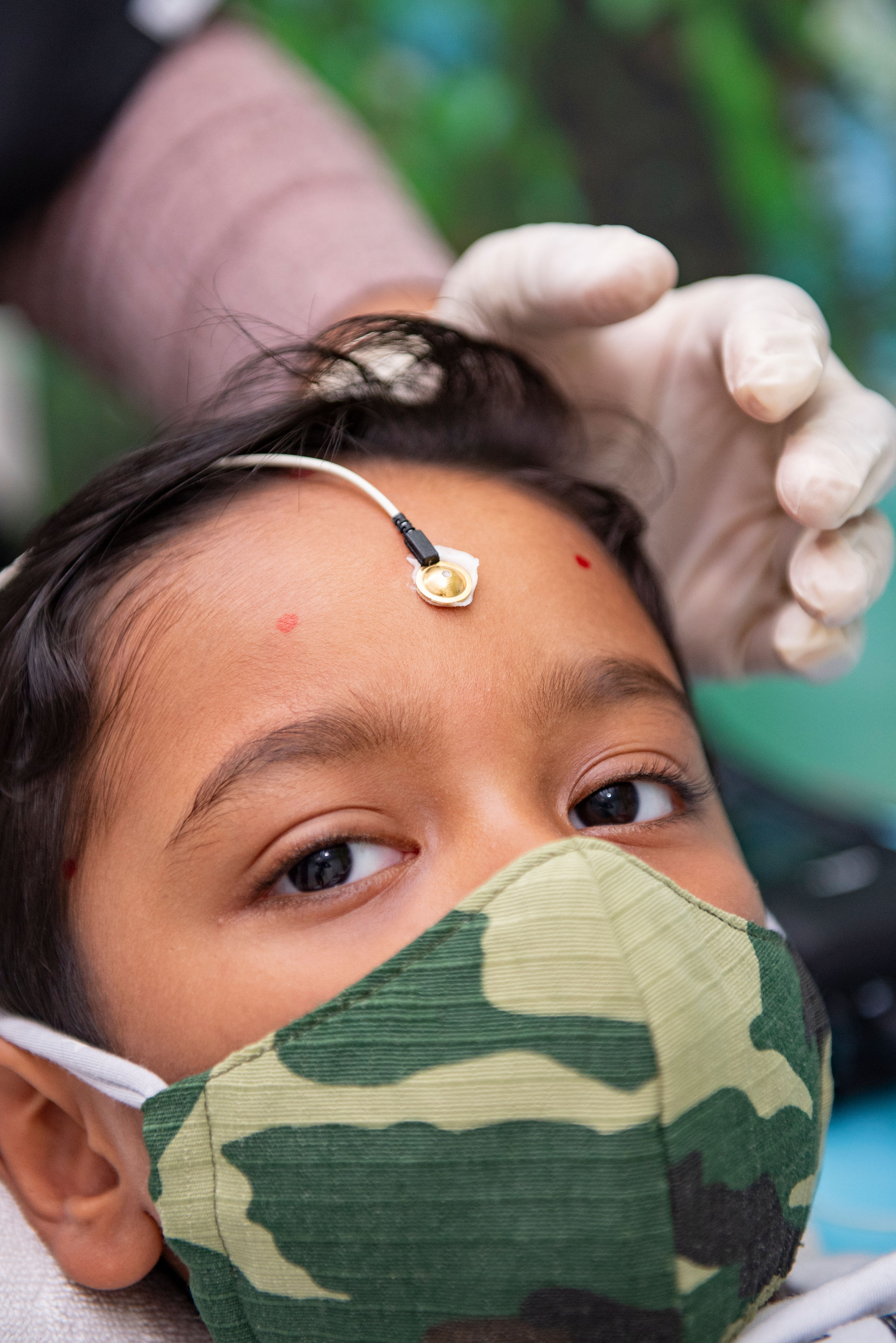WHAT IS AN EEG?
•An EEG is a recording of the electrical activity of the brain.
•EEG stands for electroencephalogram. Small sensors called electrodes are attached to scalp and around the eyes using a conductive paste that helps to detect the electrical signals.
•The signals are then recorded by a machine and interpreted by a doctor (a neurologist).
•The recording will reveal your brainwaves and any abnormal activity such as seizure activity or slowing.
TYPES OF EEG
Routine EEGs
•Brain activity is recorded for approximately 20 minutes and includes activation procedures.•These EEGs can be done in our rooms or when you are admitted into hospital
Long term Video EEGs
•The EEGs have to be performed in the hospital as the brain activity is recorded overnight, usually for 18 to 24 hours•A bandage is tied around the head to ensure the electrodes stay in place for a long duration.
•Bring a book to read, movies to watch, toys and other entertainment especially for children. For parents, please take advantage of this alone time with your child and enjoy bonding without distraction.

WHO NEEDS AN EEG?

•Any suspicion of seizures (Fits)
•Episodes of shaking, jerky movements or strange sensations
•Visual symptoms (seeing spots, colours, images)
•If you still having seizures or symptoms while on anti seizure medication
•Episodes of confusion or loss of consciousness
•Coma
•ADHD / autism
•Cognitive and memory abnormalities
•Mental Health Disorders
•Sleep disorders (abnormal movements or breathing in sleep)
How to prepare?
•Have something to eat within 1½ hours before your appointment so that your blood sugar level isn’t too low.
•Arrive with clean, dry hair free from grease, hair spray, gel and lacquers etc.
•Bring a comb or brush with you to tidy your hair after the test.
•Continue to take any medicines as usual and bring a list of these with you to the appointment.
WHAT TO EXPECT?






•You will be asked to breathe deeply for 3 minutes.
•You will be asked to look at a bright flashing light with your eyes open and closed, for a few seconds at a time.
•A recording during sleep can sometimes be helpful so if you are drowsy during the test you may be allowed to drift off to sleep for a few minutes.
Other FAQs
The benefit of an EEG is that it will help your doctor to diagnose if there are any problems and he/she will then be able to advise any appropriate treatment if required.
•You will be asked to breathe deeply for 3 minutes.
•You will be asked to look at a bright flashing light with your eyes open and closed, for a few seconds at a time.
•A recording during sleep can sometimes be helpful so if you are drowsy during the test you may be allowed to drift off to sleep for a few minutes.
Other FAQs
The benefit of an EEG is that it will help your doctor to diagnose if there are any problems and he/she will then be able to advise any appropriate treatment if required.


